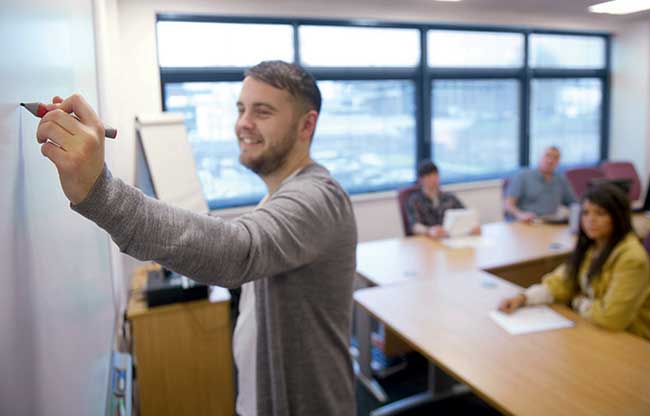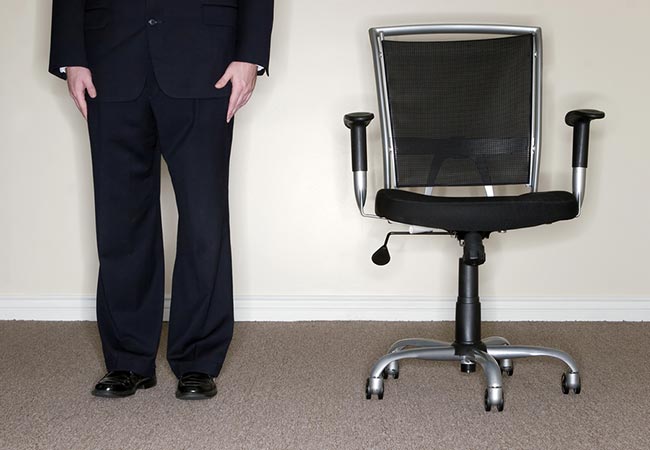The Young and Well CRC is an international research centre, based in Melbourne, that focuses on the role technologies can play in improving young people’s mental health and wellbeing. Young and Well CRC is also a leader in workplace health and wellbeing.
In 2014, they publicly released their innovative and comprehensive wellbeing policy, with the aim of supporting other organisations to prioritise wellbeing in the workplace.
In this guest post, Rose O’Sullivan, Young and Well’s HR Advisor and Operations Support, shares why they love one particular initiative from their wellbeing policy – the walking meeting – and why you should bring walking meetings into your organisation too.











